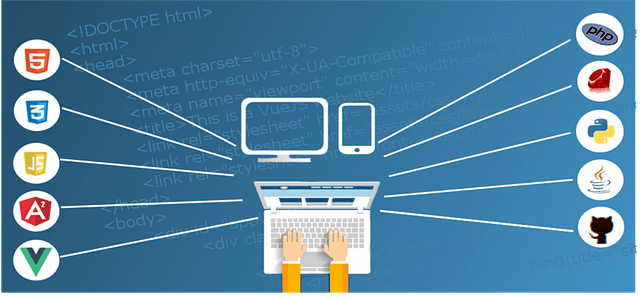This year will forever be seen as a watershed moment for digital and remote working. Without the virus that has locked down our economy and affixed a ball and chain to businesses worldwide, we wouldn’t have seen such a concerted rush towards a digital economy, with digital workers connecting to their responsibilities from their homes. In light of these changes, it’s important for businesses and individuals alike to adapt and set up their digital infrastructure in such a way as to work with this ‘new normal.’ In this article, you’ll learn how to do just that.
Optimizing for Remote Working
There’s no doubt that working remotely is on the rise – and even after the pandemic has been declared over, it’s going to be here to stay. As such, you now need to think about the future of your workforce and the productivity that you can encourage from them while they work from home. In light of this, you need to think about:
- How to use cloud computing so staff can access files from anywhere
- What cybersecurity packages will protect your company data when it’s accessed remotely
- What conference calling systems and teamwork software you can onboard for your team
- The best way to structure your working day – with meetings and lone work – to help boost productivity
- Your ability to monitor the work of your staff on a daily basis
All of these objectives should be the focus of your optimization for remote working this year.
Prioritize Cybersecurity
As we’ve seen in recent years, even the most robust digital companies can be the subject of hacks that reveal thousands of data points about customers. Not only is this incredibly embarrassing for the companies involved in these hacks – but it’s also costly, as you’ll likely be taken to court over your poor cybersecurity systems and your lack of protection.
As such, it’s important that you’re able to go hammer and tongs at your cybersecurity systems in the weeks and months ahead. Make it your first priority to ensure your security isn’t compromised with staff working remotely. You should head over to fraudwatchinternational.com in order to learn about cybersecurity and the threats posed by bad actors on the internet in 2020.
After which, you need to formulate your cybersecurity plan in order to protect your assets and workers. If you are still finding it difficult, then consider hiring a managed services provider to go over your infrastructure and propose solutions for you. Do not forget to review your security every now and again to ensure everyone ups up to speed with the latest threats.
IT Professionals
Finally, it’s important for businesses to have access to experts in the field of IT. Smaller companies may not be able to afford a full-time IT consultant or engineer, but in these cases, they should try hard to secure an outsourced advisor, who’ll be able to show them where they’re going wrong or what they can do to build a better IT infrastructure.
Meanwhile, IT professionals are also fountains of knowledge when it comes to the best automation systems and centralized workflow platforms that you can download and use within your company. They should be consulted to help you optimize, not just today, but for the future, too.
If remote working is a glimpse of the future of our companies, it’s important to adapt our digital infrastructure today in order to seize the opportunities of the future. That’s what this article aims to help you with – showing you how to improve your IT infrastructure in 2020.

